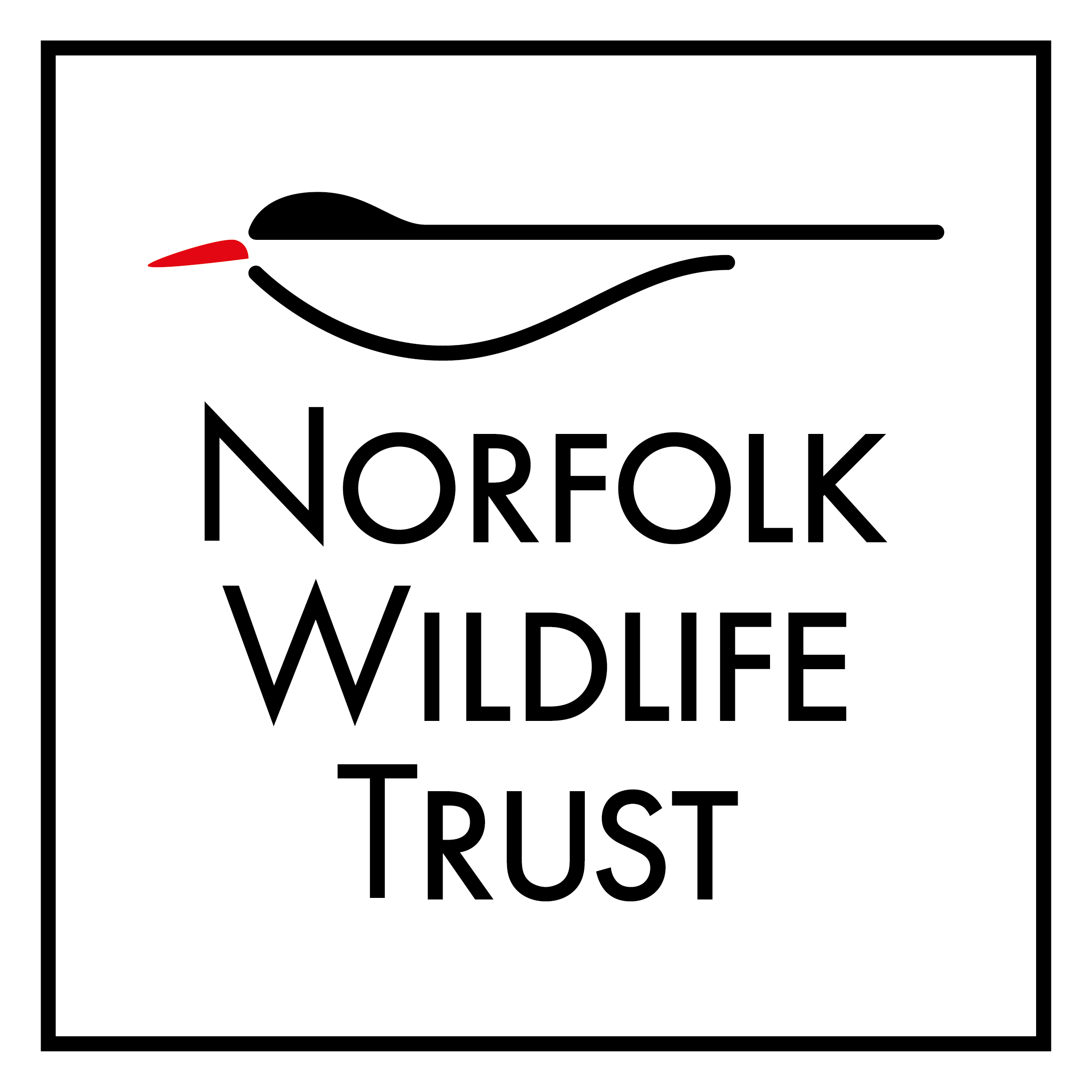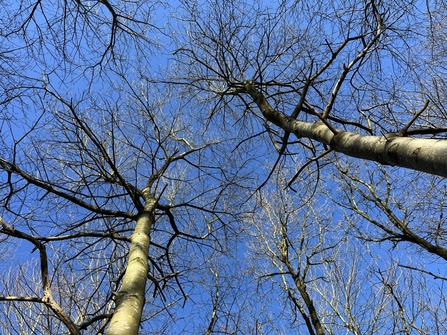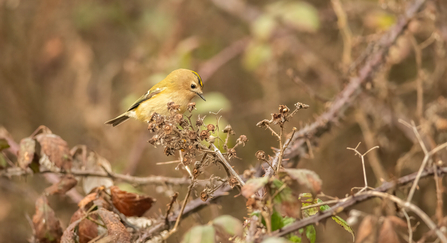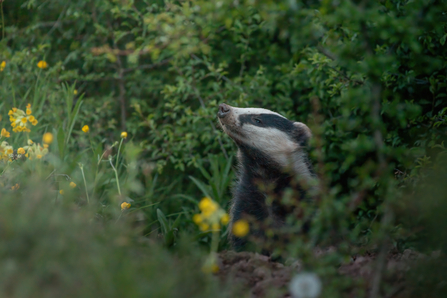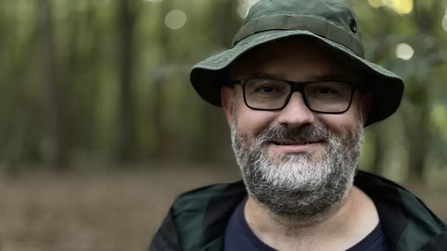The flood water is a bright mirror through the trees. It sometimes reaches from the river into the woods, drowning the roots of the ash, beech, oak, alder, and willow, but today the carr, the wet woodland, is relatively dry. The scars of recent storms are visible. Fallen boughs and a few toppled trees. Everything looks aglow and alive under the morning sun. It is the Saturday after Norfolk County Council announced that they were withdrawing the planning application for the Norwich Western Link and I am walking through woodland that borders the wet pastures of the Wensum flood plain, woodland that would have been partly destroyed by the planned dual carriageway.
At this time of year, the woods look stripped back. The last of the stubborn oak leaves have fallen. The nettles have turned to straw and collapsed into the leaf mould. You would be forgiven for thinking the wood dormant, in slumber, but it’s just biding its time. Even now, the snowdrops crowd the woodland floor in the wet woodland.
